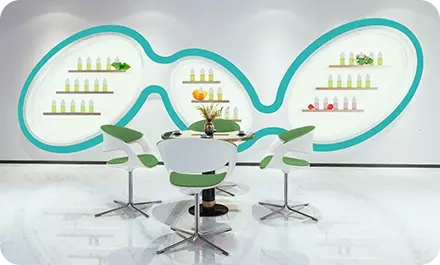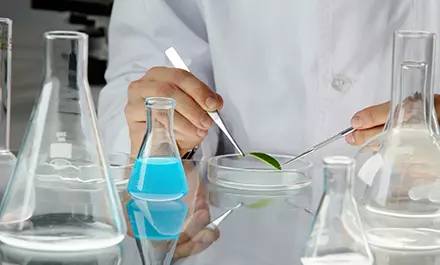
The Secrets of E-liquid Color Change: An Analysis of Flavor Ingredient Discoloration Reasons
In the e-cigarette industry, the color change of e-liquids is a common phenomenon. Many consumers may have noticed that the e-liquid they purchased changes color after being stored for some time. This occurrence often raises questions: What causes the color change in e-liquids? Today, we will delve into one of the important reasons for color change in e-liquids—the discoloration of flavoring ingredients.
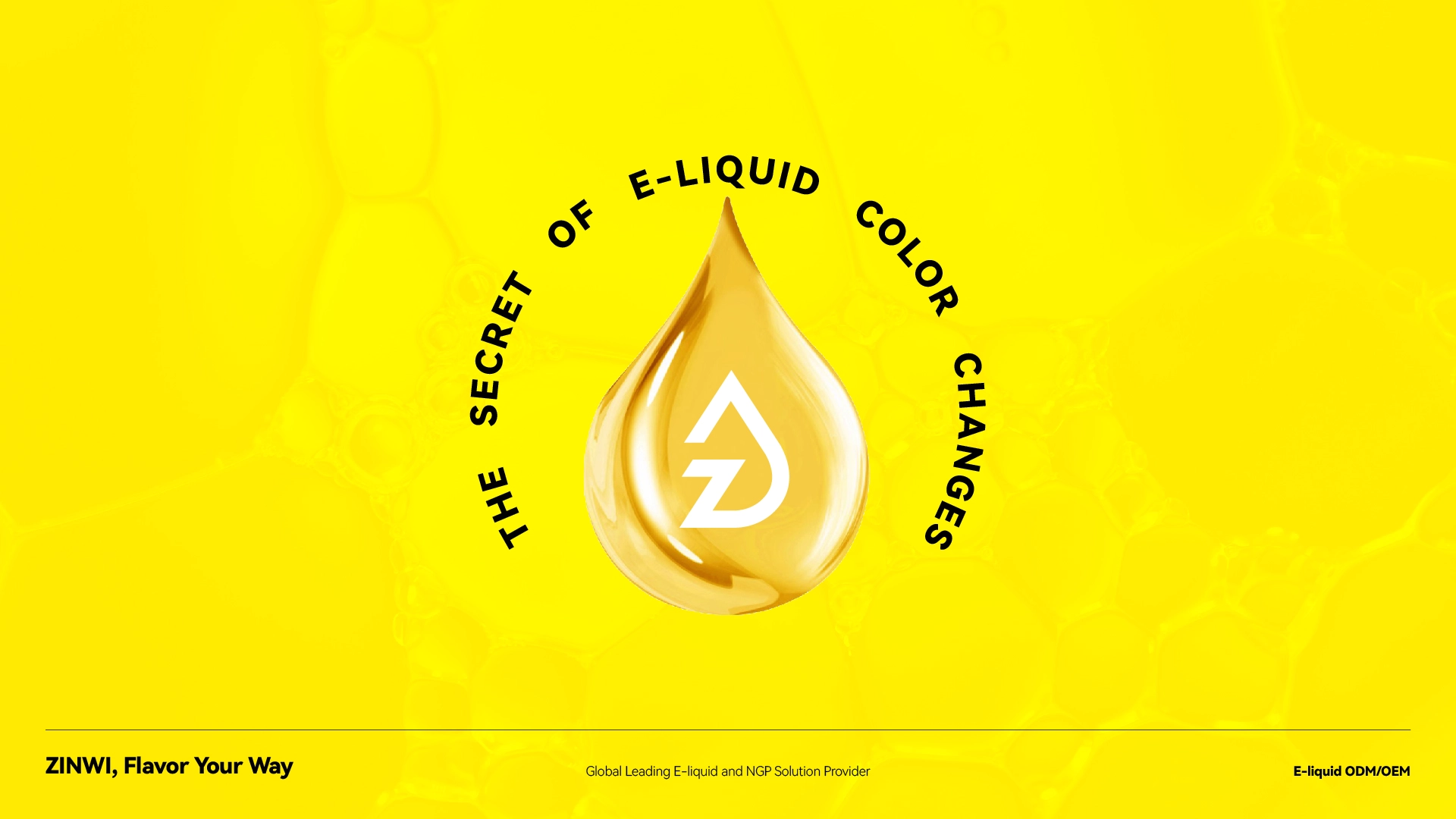
Overview of E-liquid Components
To better understand the reasons behind the color change in e-liquids, let's first briefly examine the main components of e-liquids. E-liquids typically consist of propylene glycol (PG), vegetable glycerin (VG), nicotine, and various flavoring ingredients. Although the oxidation of nicotine is indeed one of the main factors leading to color changes, we cannot overlook the significant impact of flavoring ingredient discoloration on the overall color of the e-liquid.
Scientific Analysis of Flavoring Ingredient Discoloration
Flavoring ingredients are key components that give e-liquids their unique flavor and aroma. However, under specific conditions, some of these components are prone to chemical changes, leading to color changes. Here are several common reasons for the discoloration of flavoring ingredients:
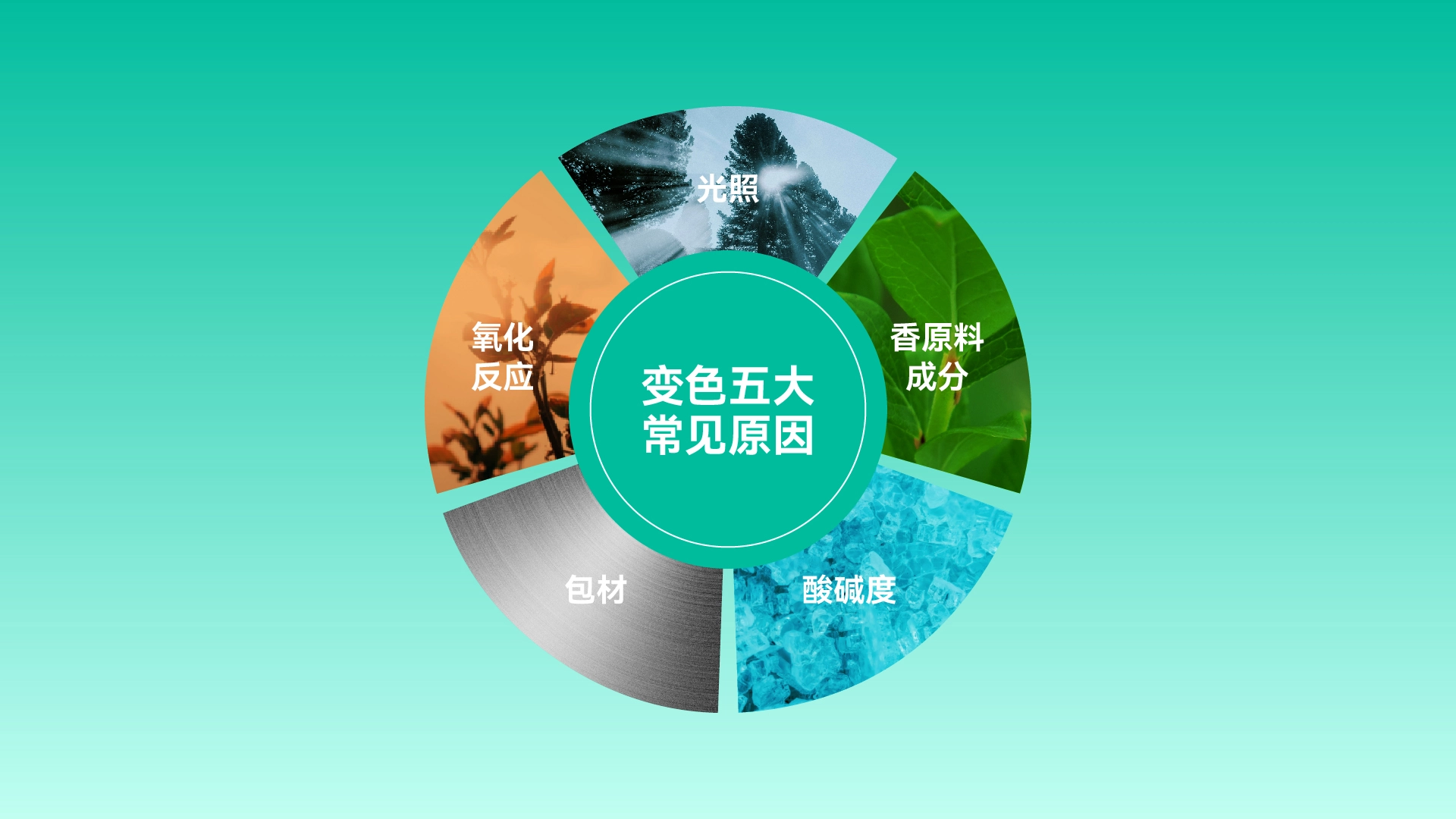
1. Chemical Changes Induced by Light
Certain molecules in flavoring ingredients are highly sensitive to light. When exposed to light, they undergo chemical changes that lead to color changes. For instance, aldehydes such as citral and vanillin gradually change color when exposed to light, with vanillin showing particularly noticeable discoloration, shifting from colorless or pale yellow to brown or deep red. Similarly, phenolic compounds like clove oil, eugenol, and isoeugenol can also turn deep brown upon exposure to light.
2. Oxidation Reactions
Many components of flavoring ingredients tend to undergo oxidation reactions when in contact with air, resulting in color changes. For example, aldehydes and alcohols can lead to a gradual deepening of the e-liquid's color due to oxidative processes. This oxidation reaction accelerates under high temperatures or prolonged storage conditions, making the color change more pronounced.
3.Interactions Among Flavoring Ingredient Components
Different chemical components within flavoring ingredients can also interact with one another and engage in complex chemical reactions. For example, ester and ketone compounds may undergo reactions like ester exchange, esterification, phenol-formaldehyde condensation, alcohol-aldehyde condensation, and aldehyde-aldehyde condensation, resulting in color changes. Quinone compounds in flavoring ingredients often produce light ink green or light brown colors, and when combined with other components (such as vanillin), the color can even turn deep red.
4. Interaction with Packaging Materials
Certain components of flavoring ingredients can react with the packaging materials of e-liquids, leading to color changes. This phenomenon is particularly noticeable when flavoring ingredients come into contact with metal containers (e.g., iron). Phenolic compounds like clove oil are highly prone to turning deep brown when exposed to metal. Therefore, it is recommended to use plastic or glass containers for storing e-liquids to minimize this reaction.
5. pH Level Influence
The stability of flavoring ingredient components varies under different pH levels. For instance, aldehydes, phenols, and lactones are less stable in alkaline environments, whereas acetal and ketone compounds are unstable in acidic conditions. In contrast, ketones are relatively stable in weakly acidic or weakly alkaline environments, while ethers, alcohols, and saturated hydrocarbons tend to be stable in both acidic and alkaline conditions. Thus, the discoloration of flavoring ingredients in e-liquids may also be related to the pH of the e-liquid itself.
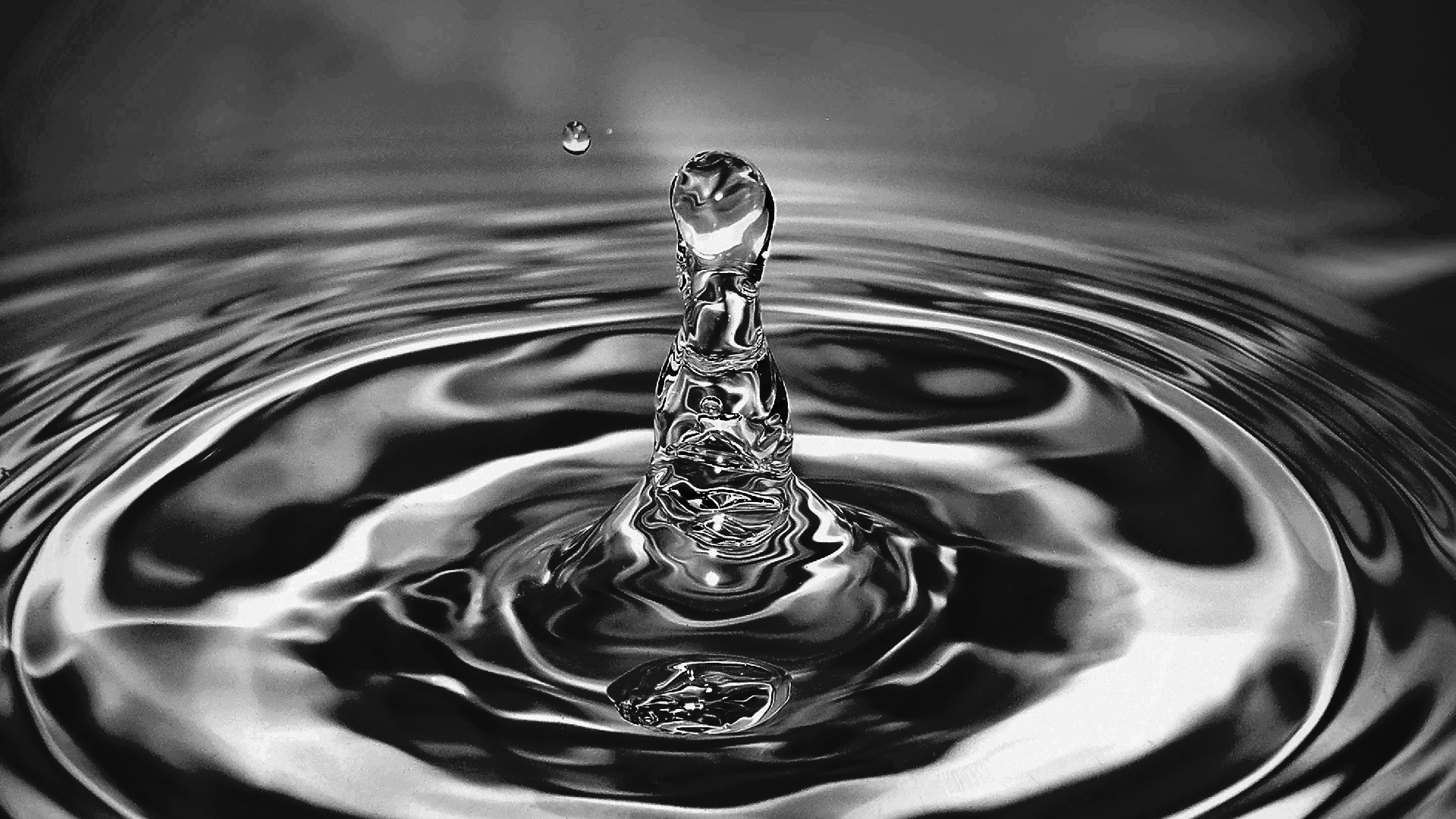
Common Discoloring Flavoring Agents and Their Reactions
Among the many components of flavoring ingredients, the following categories are particularly prone to discoloration:
- Aldehydes: Such as citral and vanillin, which are especially likely to cause discoloration, especially the latter two after prolonged light exposure.
- Phenolic Compounds: Like eugenol , which tend to turn deep brown upon exposure to light or metal containers.
- Ketones: Such as ionone, which can easily change color during pH variations.
- Indole Compounds: That may turn from colorless or light yellow to red or deep yellow when exposed to light or air.
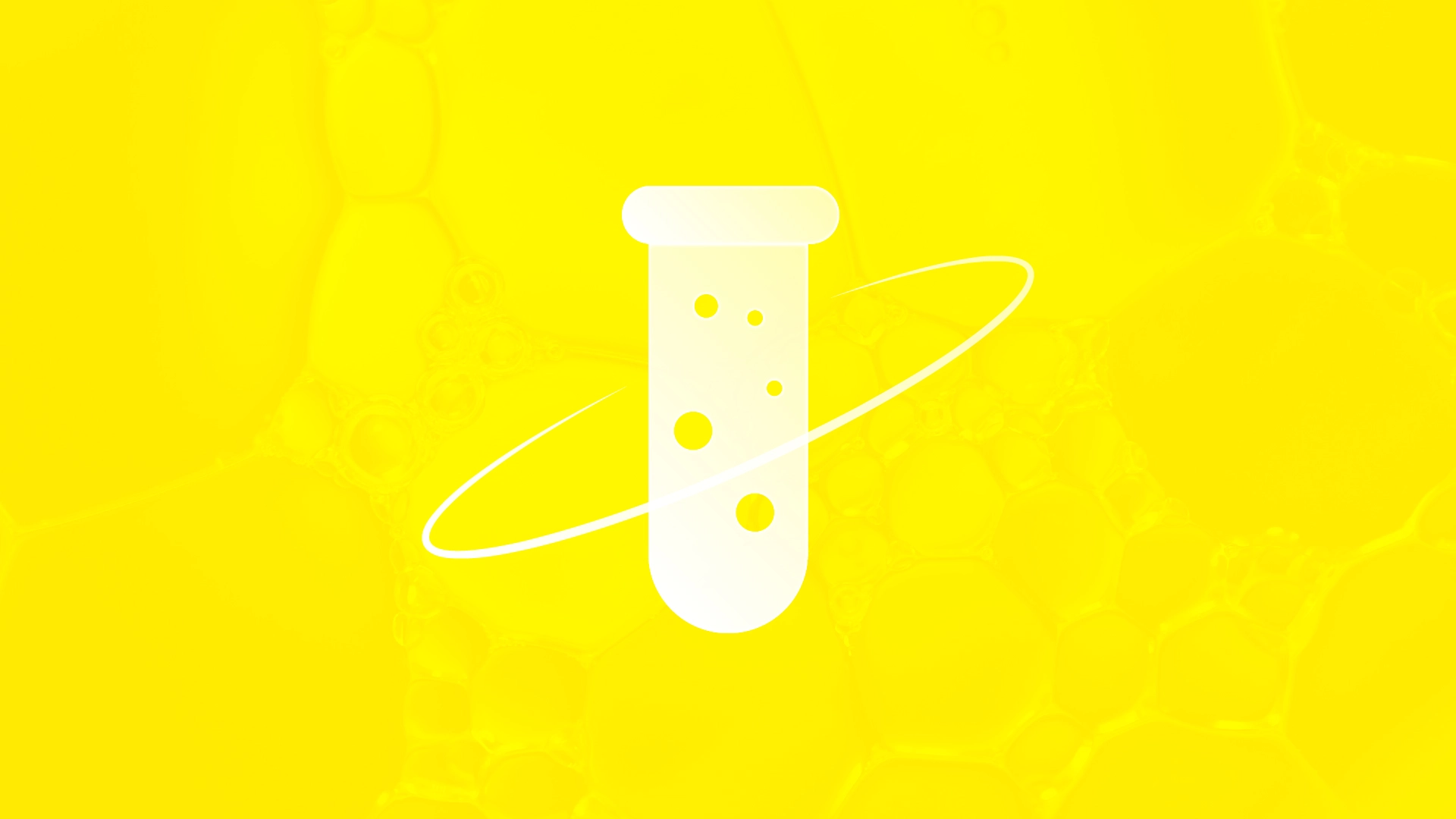
How to Slow Down E-liquid Discoloration
The color change in e-liquids, especially due to flavoring ingredient discoloration, does not necessarily indicate a quality issue but is a natural reaction of flavoring components under specific conditions. Consumers can effectively slow down this process through proper storage and usage methods. For example, storing e-liquids in a cool, dark environment can reduce discoloration caused by light exposure. Additionally, avoiding high-temperature storage and sealing e-liquids to minimize oxygen contact can effectively slow down oxidation reactions, thereby ensuring the quality and flavor of the e-liquids remain stable during use.
We will contact you as soon as possible

